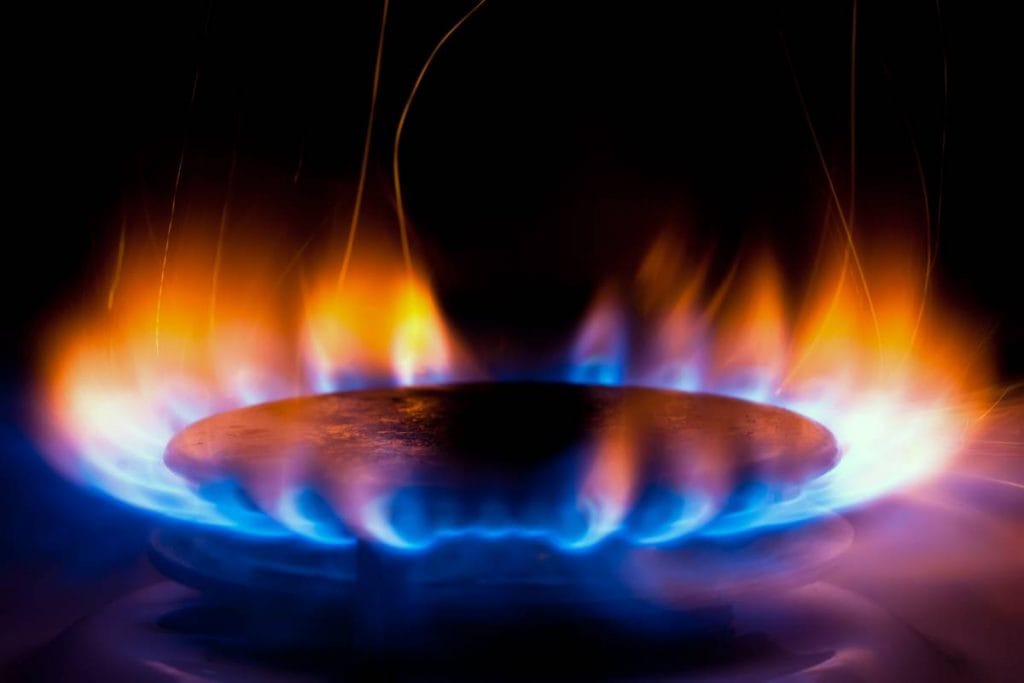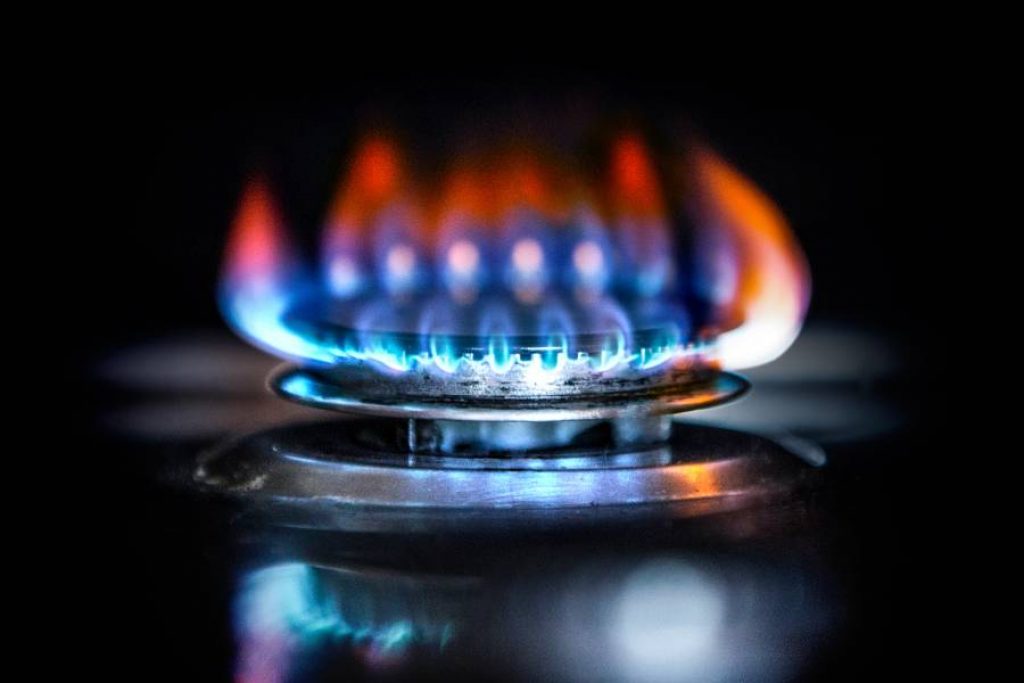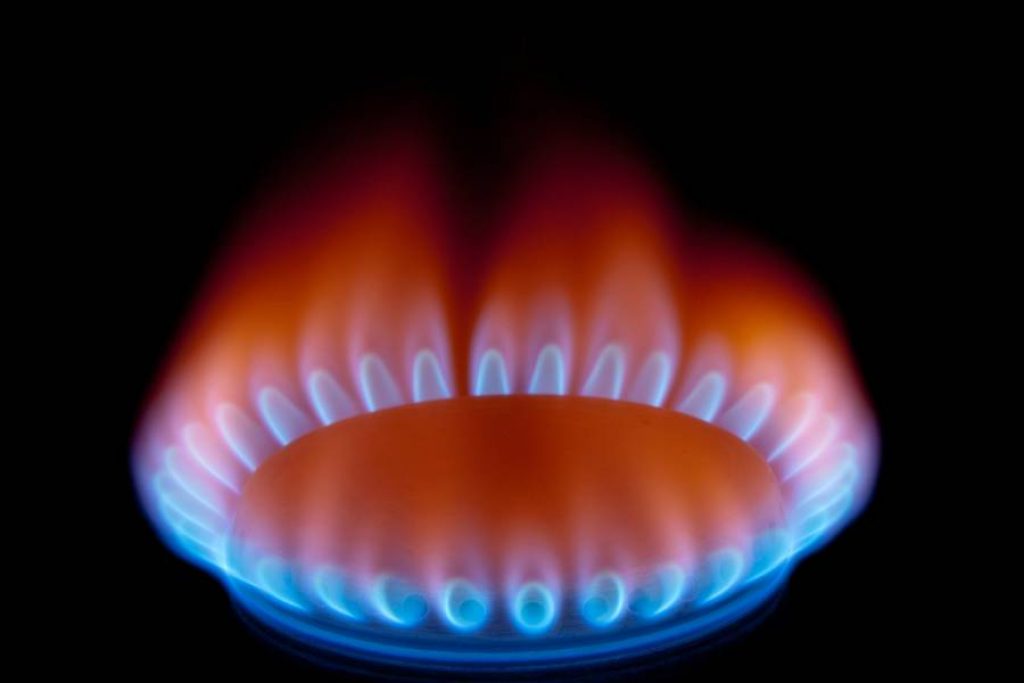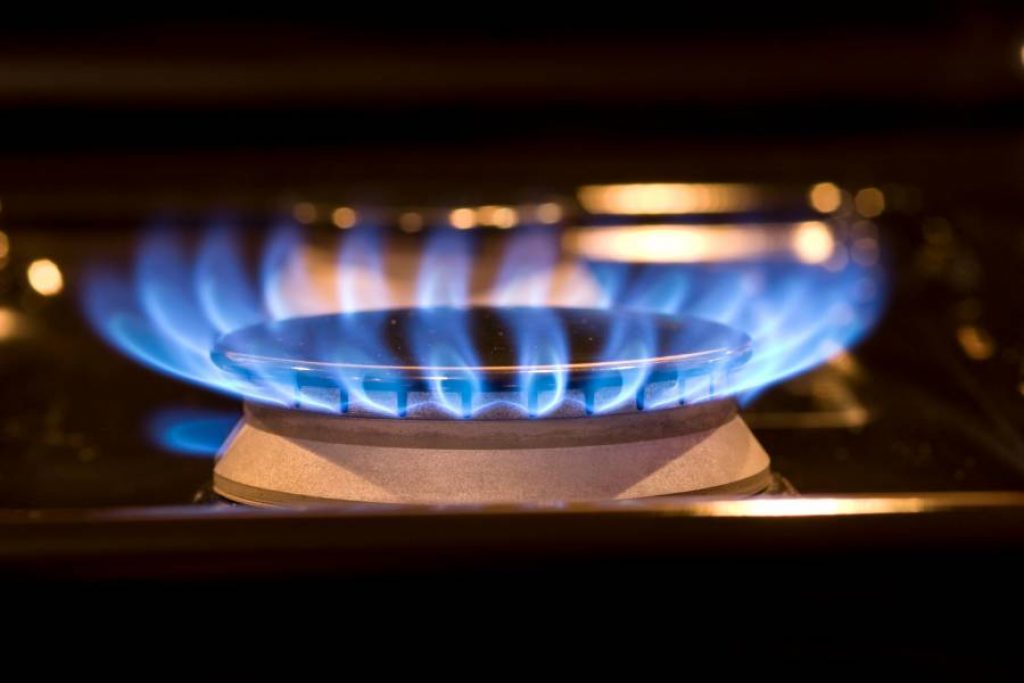It’s easy to overlook an orange flame on your gas stove, but this particular color points to some serious concerns. Given that most people consider yellow or orange to be the standard color of fire, they tend to accept orange flame to be pretty normal. However, these flames are dangerous for your kitchen and can lead to a possible health hazard.
If you find an orange flame burning consistently on your gas stove, it can be detrimental to your health and the utensils. It appears when the combustion of gas in your stove remains incomplete.
This explains why you need to fix or adjust your burners the moment you notice orange flames. In this post, you will get to know what orange flame means, how harmful it is, and how you can fix it.

What Does Orange Flame On Gas Stoves Mean?
Incomplete Combustion
If your gas stove burns with an orange flame, it implies that the combustion is not complete, generating carbon monoxide. This is a toxic gas that can lead to adverse health hazards.
An orange flame in your gas stove can arise due to several causes. It can cause issues with the food, so it’s not recommended to cook on an orange flame. Besides, you can never risk your family to carbon monoxide poisoning. Here are some prime reasons why the flame on your gas stove can turn orange-
- Inadequate oxygen supply
- High humidity in the surrounding air
- Building of soot leading to clogs in the stove
Poor Fuel Economy
When full combustion takes place, you get a blue flame. It also implies that no fuel is being wasted. However, incomplete combustion of the fuel generates an orange flame. This is a red flag that all households should take guard against. So, an orange flame means not only health hazards but also poor fuel economy.
Delay In Cooking
You won’t get optimal services unless you have a blue flame on your gas stove. Incomplete combustion deprives your stove to reach a high temperature. With an orange color, the flame temperature would be just around 1000 degrees C.
So, the cooking process would require longer hours. Eventually, you would encounter delays while preparing your meals. Therefore, noticing orange flames on your gas stove is a serious issue that needs immediate attention.
What Does Blue Flame With Orange Tips Indicate?
If your gas stove burns with a blue flame but has orange tips, it implies that there’s a scarcity of oxygen around. The combustion taking place is only partial, and there’s a chance of carbon monoxide being released in your kitchen. There should be no orange flame or tip when full combustion of the fuel takes place.

The blue color indicates that your gas stove is working perfectly. When you use hydrocarbon-based fuel like methane or propane, it’s natural to find this blue color. With adequate oxygen, the system carries out full combustion to generate adequate heat.
Now, when the flow of oxygen is low, partial combustion of the fuel leads to the orange flame. The gas molecules in these situations are not completely ionized or exited. This prevents the gas stove from having a blue flame.
So, there’s always a possibility of carbon monoxide generation if there’s an orange color in the flame on gas burners. If you notice the orange tips on the blue flame, make sure to adjust the burner and get the issue sorted.
Is Orange Flame Bad For Gas Stove Cooking?
Yes, cooking with an orange flame on your gas stove can be life-threatening. Carbon monoxide is an odorless gas that can turn out to be a silent killer. Particularly, if your kitchen is poorly ventilated, you can never rule out the chances of health hazards.
Orange gas flame can also damage your utensils. The shiny utensils can turn black, and it would be more challenging for you to clean them. Besides, the flame would deprive the utensil of its overall strength, reducing its durability.
How Orange Flame Is Generated On The Gas Stoves?
Now that you know that incomplete fuel combustion leads to orange flames, it’s time to delve deeper into this problem. Firstly, let’s find out how the appliance works.
Full combustion takes place only when the reaction takes place between the right amount of oxygen and fuel. As a result, carbon dioxide gas is produced. However, an imbalanced mixture of oxygen and propane leads to partial combustion, where carbon monoxide is released as a byproduct.
Now, the color of the flame is directly proportional to the intensity of the heat. So, the better the combustion, the more heat would be produced. In these situations, the flame would be blue or purple.
On the other hand, incomplete combustion of the fuel prevents the gas oven from achieving its full heat potential. In these cases, you will initially find a yellow flame, which gradually turns into orange and red flames. On the other hand, sometimes, a high air-fuel ratio causes green flames on the burners, which is also problematic. Now, let’s check out the factors that can cause the flame to turn orange.

Burner Orifices Getting Clogged
The incomplete combustion of propane generates a sooty smoke. The soot sticks to the orifices of the burner and other surfaces. With continued use, the burner orifices get blocked with soot cakes. This restricts the free availability of air, which causes incomplete combustion of the fuel. The soot also burns, leading to an orange radiance around the flame.
Air Pockets
The soot clogs some portion of the propane gas. This leads to air pockets, and the orange flame tends to be cooler. Only a small part of the natural gas burns to generate the hot flame, while the rest gets wasted. This can reflect in terms of higher propane bills.
Wrong Orifices
In gas stoves, carbon fuels have different mixture ratios between fuel and air, which ensures complete combustion. For instance, the air requirement for liquid propane would be different from that of natural gas.
So, if you notice an orange flame on your new burner, it implies that the air shutter is in the wrong place. Alternatively, the burner you purchased is not the right match for the gas stove.
Spillage Of Food
During cooking, you may accidentally spill liquid or solid food on the burner. Failing to clean this mess can lead to the blockade of the burners. Eventually, the food particles would burn and cause a radiant orange flame. Also, the clogged burners wouldn’t receive adequate air, leading to incomplete combustion.
Why Does A Nearby Humidifier Make The Flame Orange On The Gas Stove?
Humidifiers mix tiny water droplets coming from the fan blades with air to produce a water vapor mist. The water droplets contain salts as a result of evaporation. When these salt-containing particles get in touch with a gas flame, they emit light at a particular frequency corresponding to the salt constituter’s line spectra.
In most cases, this is sodium chloride present in tap water that produces an orange glow when it comes in contact with the flame.
With increased humidity in your room, it’s natural to find the color of the gas stove orange rather than blue. So, if you have a humidifier nearby and notice an orange flame, try to put it off for some time. This should restore the natural blue color of the gas flame.
How To Fix Orange Flame On A Gas Stove?
Now that you know how dangerous orange flame on your gas stove can be, you would be looking for a viable way to fix the issue. There’s nothing to worry about, as I have recommended the best hacks to sort it out.
Clean Your Gas Burners
The small holes around the gas stove burner should remain clog-free. In case you haven’t cleaned your burner recently, it’s normal to find orange flames. Make sure to unclog these holes so that air can freely reach the fuel. The burners shouldn’t have any food particles left on them. In case you spilled milk or grease, make sure to wipe it off immediately.
Get The Right Orifices
As I discussed earlier, you need customized orifices for a burner when you use natural fuels. So, you need to get the right burners in place. Make necessary adjustments in the brass aperture. Also, alter the valve position that monitors the gas pressure.
Ensure More Air
Poor ventilation in your kitchen often deprives the gas stove of adequate air. This leads to partial combustion of the fuel. So, open all the windows, doors, and ventilators to let air flow in.
Dismantling And Reassembling
If you are comfortable with DIY hacks, try to dismantle the stovetop. This will give you access to the pipes of the burner. Loosen the shutter using a screwdriver. After you light the burner, gradually regulate the shutters, and at one point, you will find a blue flame burning. Once you do, reassemble your gas stove and continue with your cooking.

In Conclusion
While an orange flame can be threatening, you can be prompt enough to make necessary adjustments to mitigate the same. Only when you continually overlook the problem and accept it as normal will you become susceptible to risks.
Keep your gas burner free from soot, spillages, or any sort of clogs. Also, refrain from buying the wrong orifices. Get an efficient gas stove from an established company to stay safe from such problems. These sophisticated appliances come feature-packed to ensure easy adjustments.
In case you aren’t confident to handle the stove yourself, call in the experts for a professional hand. This way, you can optimize your fuel and keep away from safety hazards.


I read about how does a humidifier might cause orange flames. When the service persons came the next day to check for any problem, the first thing they asked is that if we have a humidifier. We don’t. Next, they discovered water running from under the refrigerator which is just a few feet away from the stove. It clearly was the water leak causing the “humidity” in the air. So, the gas range is OK. But the refrigerator is going to be serviced. Who knew? Sometimes you need to (accidentally, in our case) look outside the box for an answer. Thanks for the clue!
I am glad that you have sorted out the problem with my help. Thanks for sharing your story!